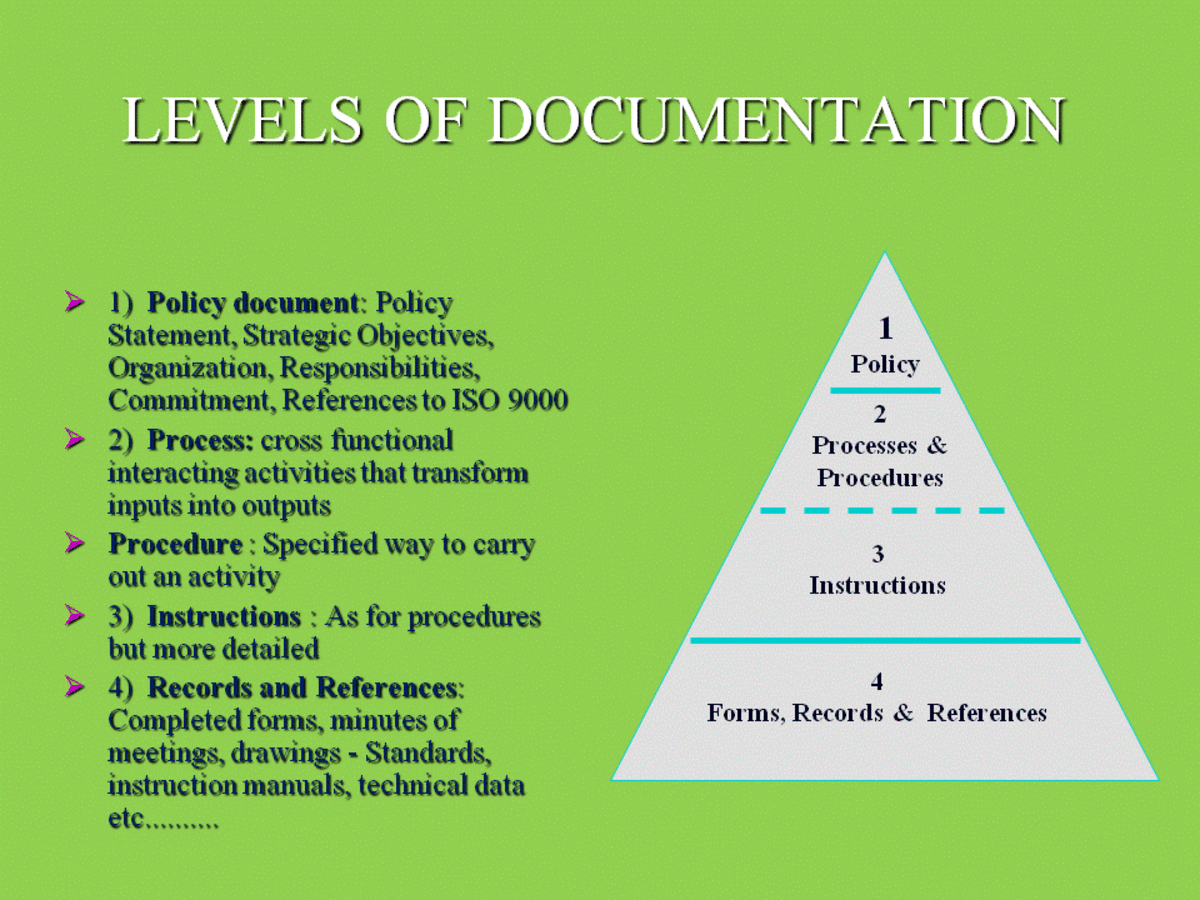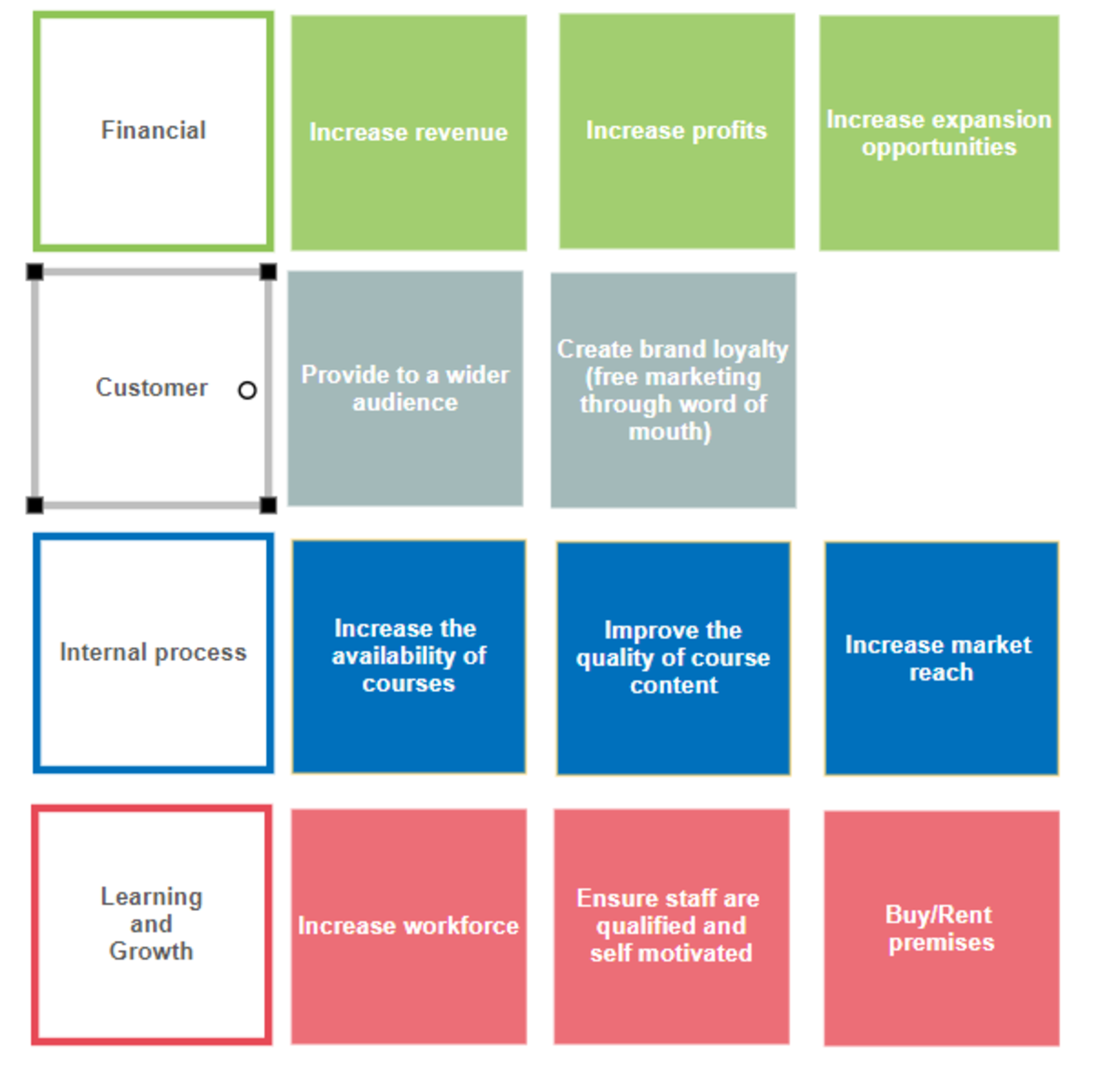What is Stakeholder Analysis in business
Stakeholders can be divided in to two main groups
- Internal Stakeholders - People who are staying inside of an organization and take interest in organizational activities. E.g. Employees, Share holders.
- External Stakeholders - People who are staying outside of an organization and take interest in organizational activities. E.g. Government organizations, media, community, potential investors, competitors, customers, suppliers, banks and financial institutions

Stakeholder groups can exert influence on strategy. The greater the power of a stakeholder group, the greater its influence will be. Each stakeholder group has different expectations about what it wants, and the expectations of the various groups will conflict. To some extent, the expectations of stakeholders will influence the organization’s mission.
Definitions
1. Groups or individuals whose interests are directly affected by the activities of a firm or organization.
2. Parties who are interested about business activities.
Stakeholders' objectives
Here is a checklist of stakeholders' objectives. It is not comprehensive.
(a) Employees and managers
- Higher salary and other fringe benefits
- Job security
- Job satisfaction
(b) Customers
- Products that should last a certain number of years
- A product or service that meets customer needs
(c) Suppliers
- Regular orders in return for reliable delivery and good service
(d) Shareholders
- Reasonable return on invested capital, survival of business
(e) Bank and other financial institutions
- Reliable payment of interest due
- Maintenance of the value of any security
(f) Society as a whole (community)
- Control pollution
- Financial assistance to charities, sports and community activities
- Co-operate with government in identifying and preventing health hazards
- Job opportunities
(g) Government Organizations
- Compliance of rules and regulations
- Development of Country
(h) Media
- Use as an advertising source
- To know about companies business information
(I) Competitors
- To know sensitive information about the business activities
Conflicts between Stakeholders
The objectives of the stakeholders groups will inevitably be different and may be in direct conflict.
E. g. The staff’s desire for better pay and working conditions may conflict with the shareholders’ desire for higher profits and the customers’ desire for lower prices
Additionally there will be differences between the objectives of members of the same stakeholder group. Two examples are particularly important.
- Differences between shareholders. Some needs more dividends and another is happy for profits to be retained to promote capital growth
- Differences between managers.Objectives of managers and the departments they lead may conflict.
It is worth emphasizing that individuals may be members of more than one stakeholder group at any point in time. For instance, workers in a factory may well be members of the local community or even government members. As such there may be conflict between their interests and objectives in respect of a particular decision that the company is about to make.
Criteria to assess power of stakeholders
1. Status of the stakeholders
E.g.
- Their place in the organizational hierarchy
- Their reputation in the firm
- Their social status
2. Claim on Resources
E.g.
- Size of their budget
- Number and level of staff employed
- Number of workers they speak for (e. g. trade union)
- Volume and value of business transacted with them (e. g.: Customers & Suppliers)
3. Formal representation in decision making process
E.g.
- Level of management where they are represented
- Committees they have representation on
- Legal rights (e.g. shareholders)
Resolving competing objectives
There are various techniques available.
1. Prioritization
Management can specify that any strategy considered must satisfy minimum of one or more specific objectives before they are prepared to consider it.
E.g. Management may set a minimum profitability threshold for any strategy (say 15 percent return on investment). Once this is assured they turn their attention to achieving it in a more socially responsible way.
2. Weighting and scoring
Each objective is weighted according to its relative importance to the organization (a high weight denoting high performance). Each strategic option is scored according to how well it satisfies the objective (a high score showing high attainment) a weighted score is calculated for each objective. They are totaled and the strategic option with the highest overall score is accepted.
Above two are rational, mathematical ones. Following methods are less rational ones.
3. Satisfying
Here the strategy selected is the one that keeps all or at least the most powerful stakeholders happy. It usually emerges as a result of negotiation between the competing stakeholders.
4. Sequential attention
Stakeholders are kept happy by taking turns to get their objectives realized.
E.g. Staff may get a large pay rise every three years but in between the pay remains static while dividends are paid.
5. Side Payment
Where particular stakeholders’ objectives cannot be addressed, they are compensated in another way. E.g. A shareholder may be compensated for a low profit by a higher dividend, or a local community may have a new leisure center built by a company whose new superstore will inevitably increase noise and traffic congestion in the area.
6. Exercise of power
Where management is deadlocked due to competing objectives, this is often resolved by one or more powerful figures using their power to force through their preferred option.
© 2015 Lasantha Wijesekera










